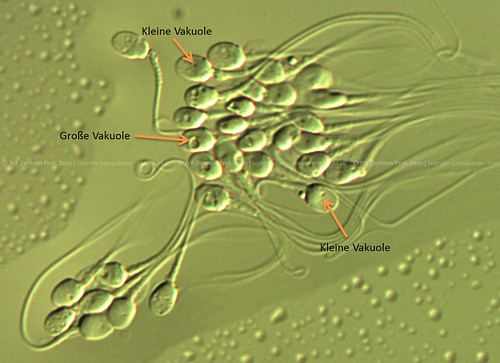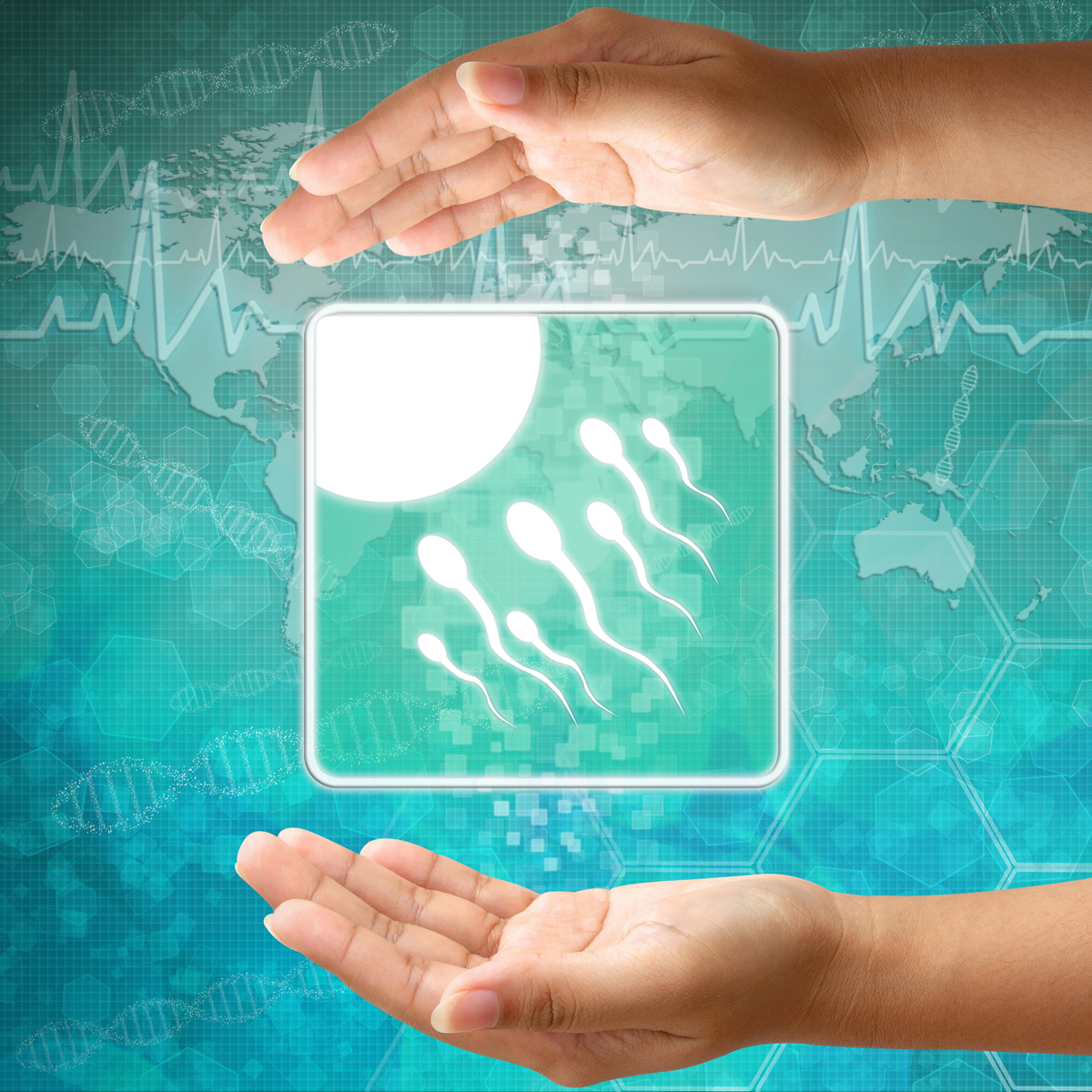
Posts by
Mag. rer. nat. Anton Neyer
Alle Autoren
“Good Swimmers” – but is this enough?
| Additional information as part of the semen analysis can be provided by molecular biological assessment of sperm quality
November 20th, 2018
In the evaluation of male fertility through the analysis of a semen sample under a microscope, the desired outcome is to see a lot of “good swimmers” among the spermatozoa – although this still says little or nothing about their morphology and inner structure. Thanks to modern technologies, it is now possible to go into this in greater detail. This is done by extending semen analysis beyond the existing WHO criteria by adding so-called molecular diagnostics.
WHO criteria to serve as the basis
A spermiogram (semen analysis) implies an analysis of the ejaculate on the basis of standardized investigation methods and associated reference values laid down by the World Health Organization (WHO).
This spermiogram forms the foundation and provides a first overview of the situation as regards concentration, motility, vitality, structure and morphology of the spermatozoa. However, when dealing with involuntary childlessness, these parameters alone may not be sufficient for reliable detection of male factor infertility. Artikel lesen
Comments Off on “Good Swimmers” – but is this enough? | Additional information as part of the semen analysis can be provided by molecular biological assessment of sperm quality
Stress test for spermatozoa
July 13th, 2013Egg and sperm contribute equally to the successful development of the embryo. Nuclear vacuoles in the sperm head are associated with reduced natural fertility in men. Questions arise about what causes the nuclear vacuolization.
Do we, as biologists, even promote the development of vacuoles in the laboratory without knowing?

Analysis of nuclear vacuoles at 6.000-X magnification
Comments Off on Stress test for spermatozoa
Glossary
Glossary of terms used in reproductive medicine
AMH - Anti-Mullerian Hormone | Artificial Insemination | Assisted Hatching | Azoospermia | Blastocyst | Blastocyst Culture | Carcinoma | Cryopreservation | Egg Donation | Ejaculate | Embryo | Embryo Transfer | Endometrium | Endometriosis | Follicle | Follicular Puncture | Hashimoto's Thyroiditis | Hysteroscopy | ICSI | Implantation | IMSI | Infertility | Insemination | ISME-T | IVF | Karyogram | Miscarriage | OHSS | Oocyte | Ovarian Stimulation | Ovary | Ovarian Insufficiency | PCOS | PGD | PGS | Progesterone | Social Freezing | Sperm Donation | Spermiogram | TESE | Fallopian tubes | Uterus | Vitrification | Zygote |FAQ
TOPIC-SPECIAL

Infertility
• Possible causes in women• Possible causes in men
• Why is age a reason for?
• Psychological help

Aspects in fertility treatment
• Spermiogram• Testicular Sperm Extraction (TESE)
• Hormonal stimulation
• IVF / ICSI / IMSI
• Blastocyst culture
• Cryo cycle
• Genetics (PGD/PGS)
• Egg donation
• Supportive measures
• "Social Freezing" / "Medical Freezing"
TOPIC-SERIES
Fertility treatment procedure
Part 1 | Initial ConsultationPart 2 | Ovarian Stimulation
Part 3 | Ultrasound Scan
Part 4 | Egg retrieval
Part 5 | Embryo Transfer
→ Infographic
Success rate - What to look for
Part 1 | "What does this mean for us?"Part 2 | Assessing the chances
Part 3 | Pregnancy rate
Part 4 | Implantation rate
Part 5 | Cumulative pregnancy rate
Trying to conceive after a miscarriage
Part 1 | Dealing with the LossPart 2 | What is actually meant by miscarriage?
Part 3 | Support through hypnosis













